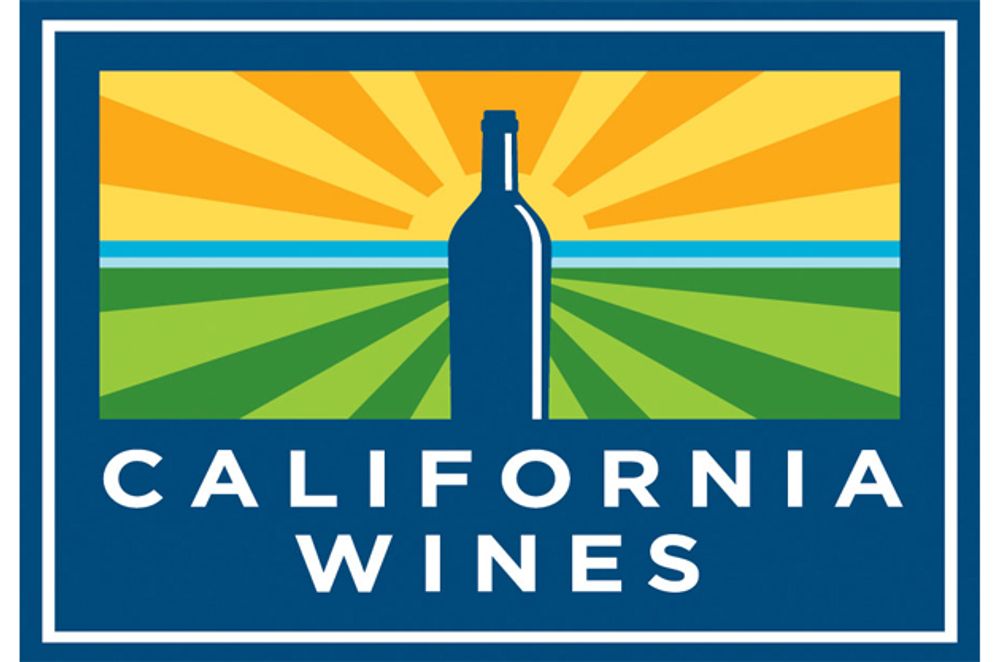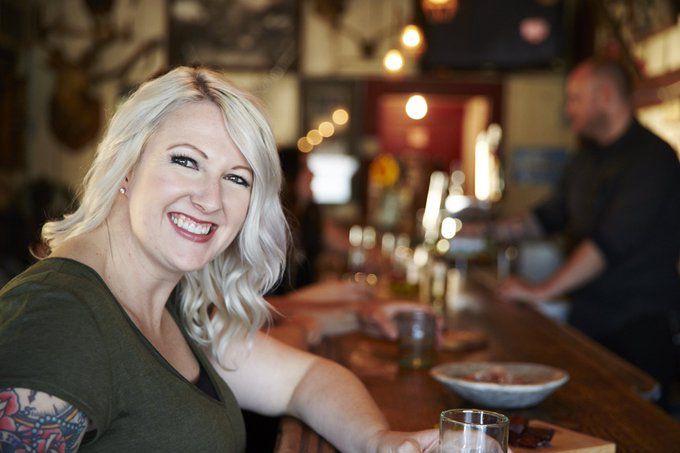The UK wine industry has been crying out for major wine brands that can push prices up closer to £10. E&J Gallo’s Dark Horse Californian wine brand was introduced to do just that.
How did you get into the wine business?
After completing my undergrad work at California Poly in San Luis Obispo, there were hundreds of wineries within an hour in each direction. I had a bunch of friends working in tasting rooms and that seemed like a cool job so the day after I turned 21 I got a job at a tasting room for a winery that specialized in methode champenoise sparkling production.
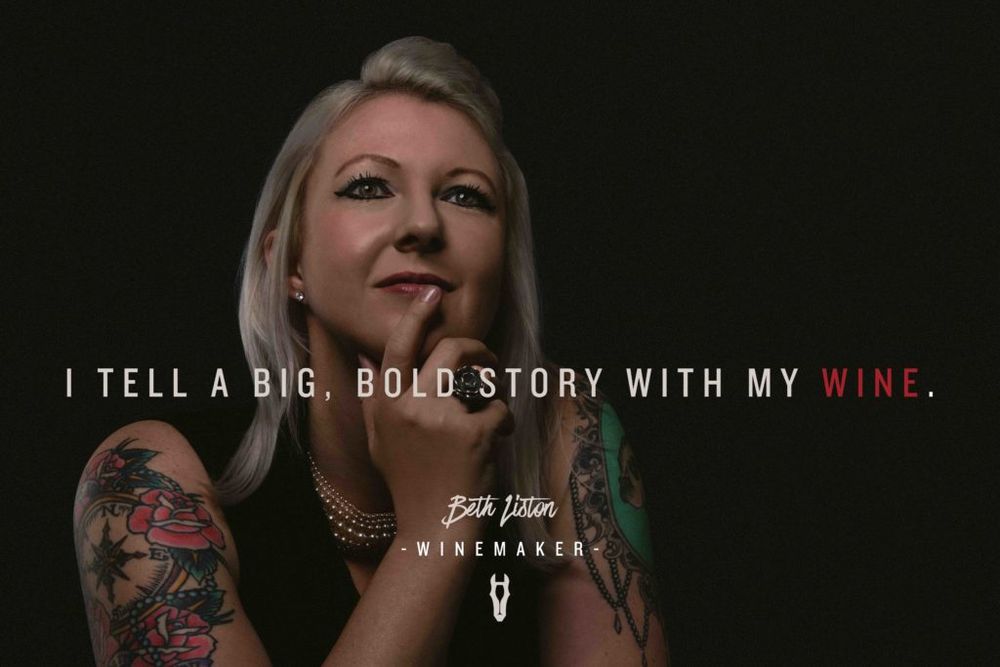
Head winemaker, Beth Liston, has become very much part of Dark Horse’s success
I immediately fell in love with the industry, the combination of art and science, and how every day – and harvest – presents a new challenge. I got a minor in Wine and Viticulture and then worked in sales for a couple of years before going back to school to study for a Food Science graduate programme focusing on oenology. I’ve been with Gallo for 14 years and have also spent harvests in Napa and in South Australia.
How would you describe your winemaking philosophy?
My winemaking philosophy really revolves around constantly learning and challenging yourself in everything you do. Always asking how we can make better wine, make different wine, or make it more efficiently. Always pulling inspiration from everything around us, not just the wine industry, but everything from craft beer trends, cocktail trends, or travel experiences.
Dark Horse was only launched in 2010. Why was it introduced and what were the brand’s objectives?
We wanted to produce a wine that surprised and delighted consumers, and something we would be happy to share with our family and friends. We wanted to produce a wine that over-delivered on price point, that is affordable to the mass market but something that tastes like it is much more premium. We used premium wine making techniques, something that is not normally done on this scale.
Tell us about the wines in the range, and the newly launched Malbec.
Malbec is the fastest growing of the top 10 wine varietals in the UK, so we have harnessed that growing trend with our new launch. With the varietal up by 18%, we expect it to further help grow the brand as we deliver NPD that meets the needs of our consumers. It’s a bold wine with a big personality, and has rich notes of dark plum and blackberry, dark chocolate and a hint of spice, resulting in a plush, smooth finish. Other Dark Horse wines available in the UK include a Rose, Cabernet Sauvignon, Merlot, Chardonnay, Sauvignon Blanc and Pinot Grigio, all of which retail at £8.50.
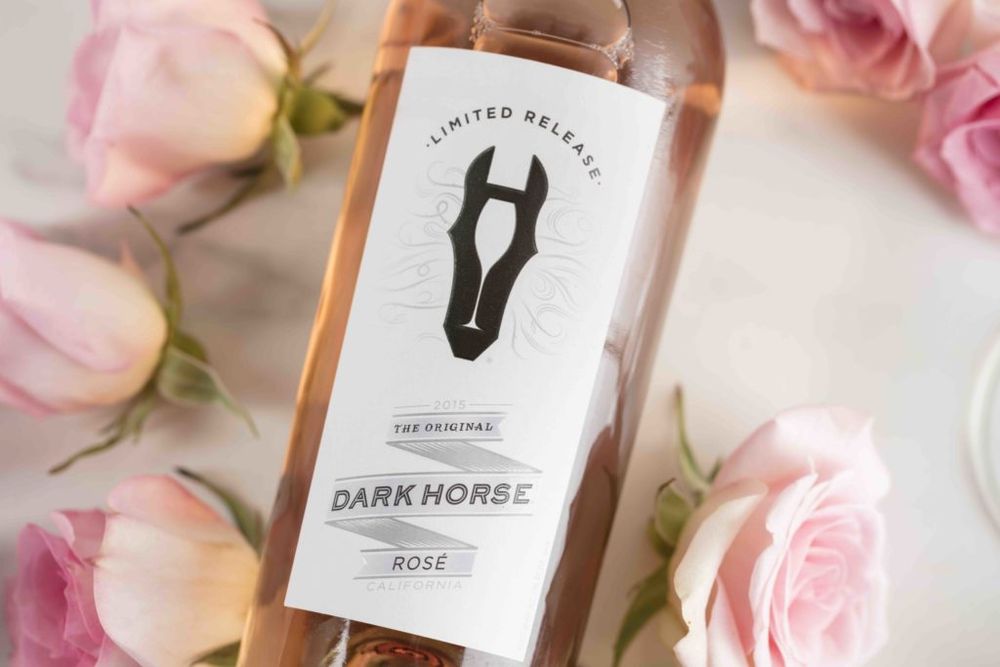
Dark Horse has looked to push brands up the premium ladder
What are the key consumer trends driving wine sales?
One of the key trends we are seeing is the shift towards dry rosé. Despite the US as a whole being slow in getting onto the rosé bandwagon, we came out early and strong with our Provencal varietal, and were pretty successful getting ahead and being competitive with that trend. The versatility of a dry rosé such as Dark Horse means that it’s very easy to pair with a range of foods and summer occasions relative to other grape varietals. It’s the perfect wine to accompany summer barbecue foods such as burgers and chips and dips. In the US we are also seeing a move towards new formats and packaging.
Cans are an area we are moving into and this is a sector which has exploded dramatically. Where once you used to only see five or six brands in cans, there is now much more choice, and I think in the next 12 months you will see a huge growth in the format, and also a growth in premium wines in cans.
Premium wines are also driving still wine growth with consumers increasingly spending more on their wine choices, with an additional £200+ million spent on wine priced at £7+ in 2018 versus 2017. This more premium price point is growing in revenue by 21% while Dark Horse has grown by over 50% in value.
What do you think is the appeal of these alternative formats?
I think cans open the door to lots of venues such as sporting events, music festivals, and concerts. If you are going camping or to the beach with friends, cans are extremely portable, and are far more convenient than bag in box wines. Tetra hasn’t taken off in the US the way it has elsewhere, though I can see the appeal of basically having wine on tap in your fridge. But I think from a portability standpoint cans are really appealing to a lot of people.
What is the most challenging and frustrating aspect of launching a new brand?
Trying to stand out in a sea of wine, and how to differentiate yourself. What is going to make someone standing in an overcrowded wine aisle pick your bottle rather than someone else’s has to be the biggest challenge. Also, trying to stay ahead of trends and the whole alcohol beverage industry. How do you ensure that you stay ahead of the pack instead of following?
Another challenge in the wine industry is that it typically takes three to four years for wines to come on stream, and at the same time different varietals come into and go out of fashion. So trying to adapt to the changing trends and consumer needs can prove tough. For example, we have launched our new Malbec into the UK market, where demand for the varietal is high, but not in the US, where interest is stagnating. It is hard in a global economy to adapt emerging trends to different markets.
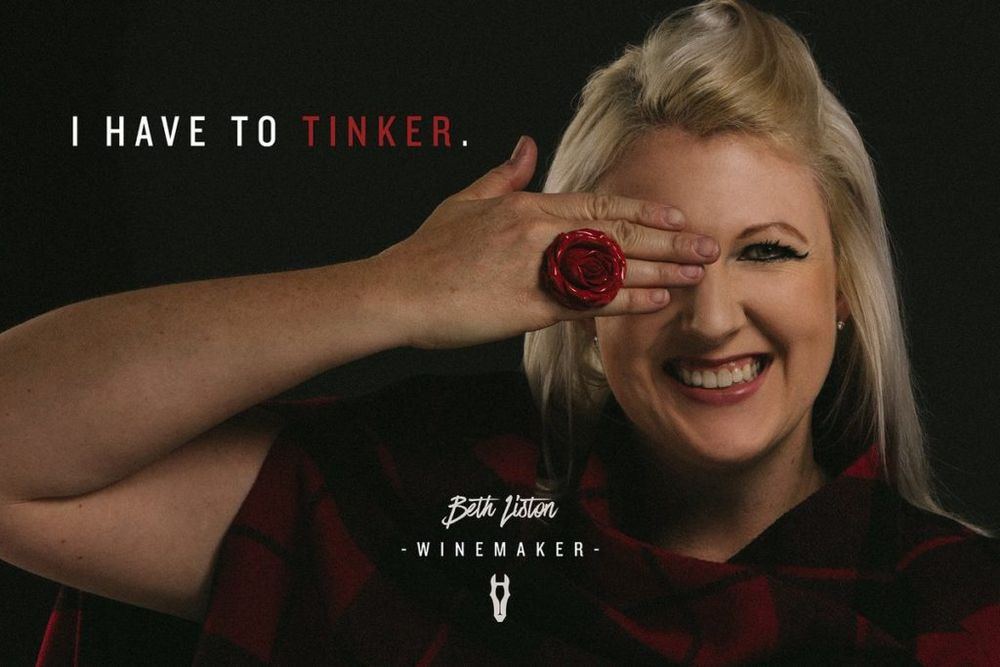
Imagery, branding and personality is very much the focus of Dark Horse
One of Dark Horse key messages is over delivering on quality/price. How do you do that and is that hard to achieve?
We are very fortunate in that we source from so many growers and have so many varietals to experiment and play with. When you have that scale then that helps to maintain consistency year in year out. However, wine is an agricultural product so every harvest is going to be a little bit different, and the challenge is how you control those differences. Understanding what the vineyards are going to give us and knowing what we can do in the winery, maybe changing fermentation temperatures, or the oak profile or the time we spend on skins for red ferments, or other grape varietals we are blending depending on the fruit or aroma profiles. This is where some of the artistry comes in, blending all these flavours and textures.
Who is your target consumer?
I think our target consumer is anyone who is looking for good value and consistent quality, as well as wanting something a bit surprising and different. Someone who doesn’t want to spend a fortune on their everyday wine.

The new Malbec variety from Dark Horse
What growth has the brand experienced in the UK since its launch?
Growth here has been incredible, with Dark Horse now the number seven premium wine brand in the UK, and has enjoyed strong growth in the past year, up by 47% in volume and 47% revenue. The Dark Horse Rosé, which launched last year, has helped drive growth for both the brand itself and for the premium rosé category which is up by 41% in value year on year. Our Cabernet Sauvignon is the best selling Dark Horse varietal in the UK, and is continuing to record strong growth, up by 35% in volume and value, making it the number two premium (plus £7) Cabernet Sauvignon in the UK.
How has the brand been performing in other markets?
Dark Horse is the number one premium brand in the US, and is growing more than eight times faster than the overall premium category while Dark Horse is the number one premium rosé. As we see the trend towards premiumisation within wine across the globe, we are continuing to expand our distribution of Dark Horse into new markets with the brand showing strong performances in Germany, Poland and Denmark – with plans to further expand our distribution to more new markets this year.
- You can find out more about what is happening in the Californian wine scene at Wine Institute of California and if you want to find out more about the opportunities of working with Californian producers and other UK importers specialising in Californian wine then you can contact the UK office of the Wine Institute of California or email Justine McGovern, director UK & Ireland, on jmcgovern@wineinstitute.org.
